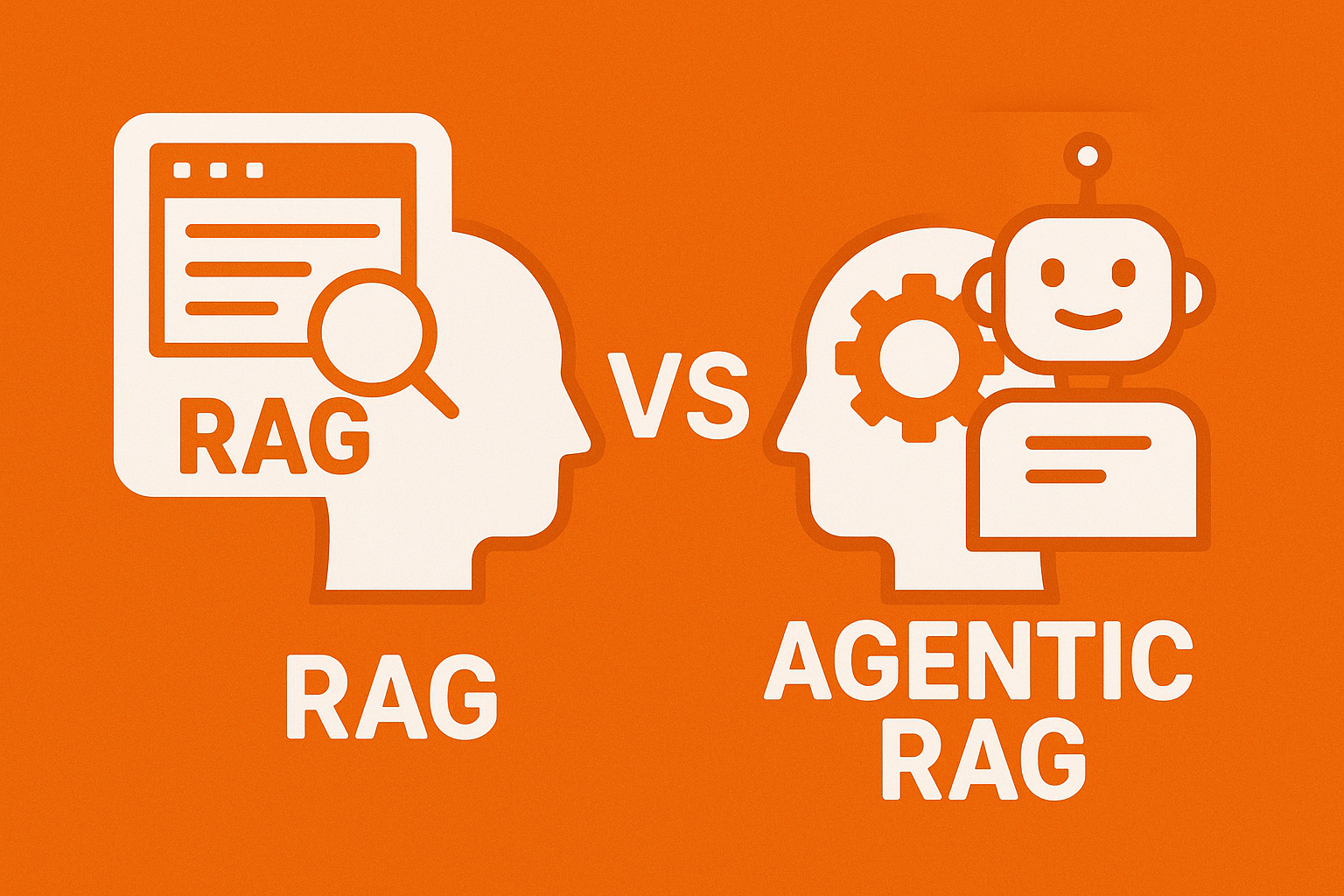Quick Recap: What’s RAG?
RAG = Retriever + Generator.
You ask a question. The model fetches info from your documents, database, or knowledge base.
Then it writes an answer using that info. Helps avoid hallucinations because it sticks to real data.
Example:
Q: “What’s the annual revenue of Stripe in 2023?”
→ Retriever pulls data from your internal reports.
→ LLM says: “Stripe’s estimated revenue in 2023 was $14 billion.”
RAG works great for:
- Simple fact lookup
- Summarizing single documents
- FAQs
- Static data
Where RAG Falls Short
Plain RAG starts struggling when:
- Tasks have multiple steps
- You need logic or decision-making
- You’re chaining different tools or APIs
- The task depends on intermediate outputs
Think about:
“Analyze sales across three regions, then highlight anomalies.”
“Summarize feedback, classify it by sentiment, and draft an email response.”
“Search company policies, check compliance for a scenario, and generate a risk report.”
Classic RAG can’t manage all that. It’s designed for one-shot answers, not workflows.
Enter: Agentic RAG
Agentic RAG = RAG with a brain and a plan.
Adds an agent layer that can:
- Break big tasks into steps
- Decide which tools to use
- Loop through data until the answer is complete
- React dynamically if it hits missing info
- Maintain context across multiple actions
Instead of:
“Fetch → Answer”
It becomes:
“Fetch → Think → Act → Fetch again → Decide → Summarize → Answer”
Agentic RAG orchestrates workflows instead of just fetching text.
Why Agentic RAG Matters
You’ll want Agentic RAG if:
- You’re building business workflows (not just Q&A)
- Your tasks need logic and conditional flows
- You’re pulling data from multiple systems
- You want LLMs to trigger actions (not just write text)
- Your use case involves dynamic information that changes with context
Example #1: Compliance Check
User asks:
“Is this new marketing plan compliant with EU privacy laws?”
Agentic RAG can:
- Retrieve relevant privacy policies
- Extract key clauses about data sharing
- Compare those clauses with the marketing plan
- Flag potential violations
- Generate a compliance summary
Plain RAG would just dump text from policies. The agent knows how to analyze and decide.
Example #2: Financial Analysis
User asks:
“Give me a summary of Q2 financials, highlight any regions where profit dropped, and suggest reasons why.”
Agentic RAG:
- Retrieves financial statements
- Calculates % changes by region
- Spots drops over a threshold
- Looks for explanations in expense reports or market news
- Generates a written analysis
- Plain RAG would just summarize the reports. The agent connects the dots.
Example #3: Customer Support Automation
User says:
“My invoice has errors and I want a refund.”
Agentic RAG can:
- Retrieve user’s billing history
- Check refund policy
- Evaluate eligibility
- Draft a personalized response
- Trigger a refund process via API if allowed
Classic RAG can’t execute actions or check conditions.
Tools already supporting Agentic RAG:
LangChain → build multi-step chains and agents
LangGraph → model graphs of agent reasoning
MetaGPT → simulate multi-agent collaboration
LlamaIndex → connect LLMs to structured and unstructured data sources
CrewAI → coordinate multiple specialized AI agents like a team
Semantic Kernel → orchestrate AI skills and plugins into workflows
Relevance AI → build vector workflows and retrieval pipelines for AI applications
These tools let you:
- Define agents with memory and logic
- Orchestrate complex tool calls
- Handle dynamic task flows
Agentic RAG is turning LLMs into real digital co-workers instead of just fancy chatbots.
Bottom Line
RAG = perfect for simple Q&A and static retrieval.
Agentic RAG = essential for complex tasks, workflows, and decision-making.
Think of Agentic RAG like:
RAG that does more than talk — it thinks, plans, and acts.
If you’re building serious applications, you’ll outgrow plain RAG fast.
Agentic RAG is where the future is heading.
